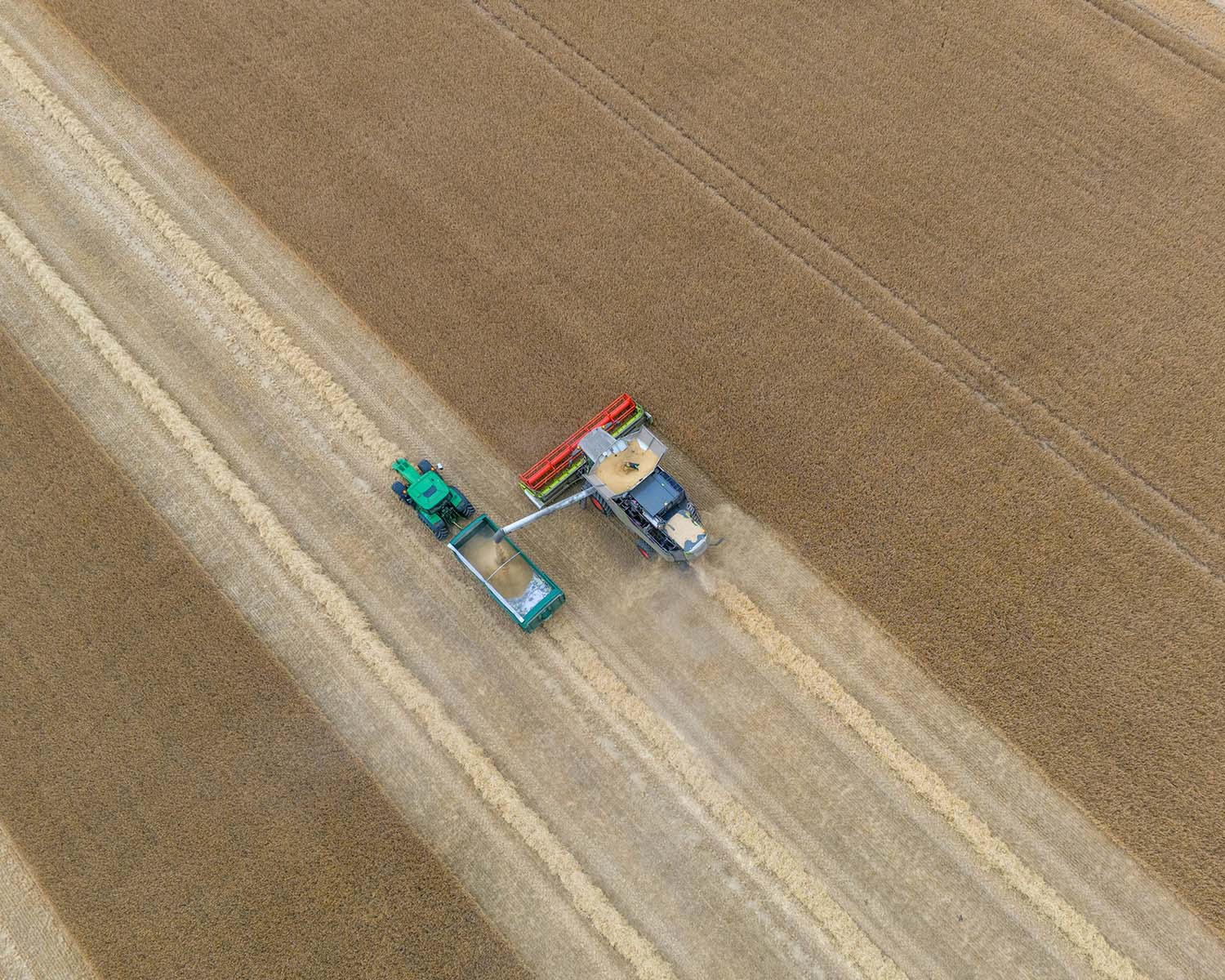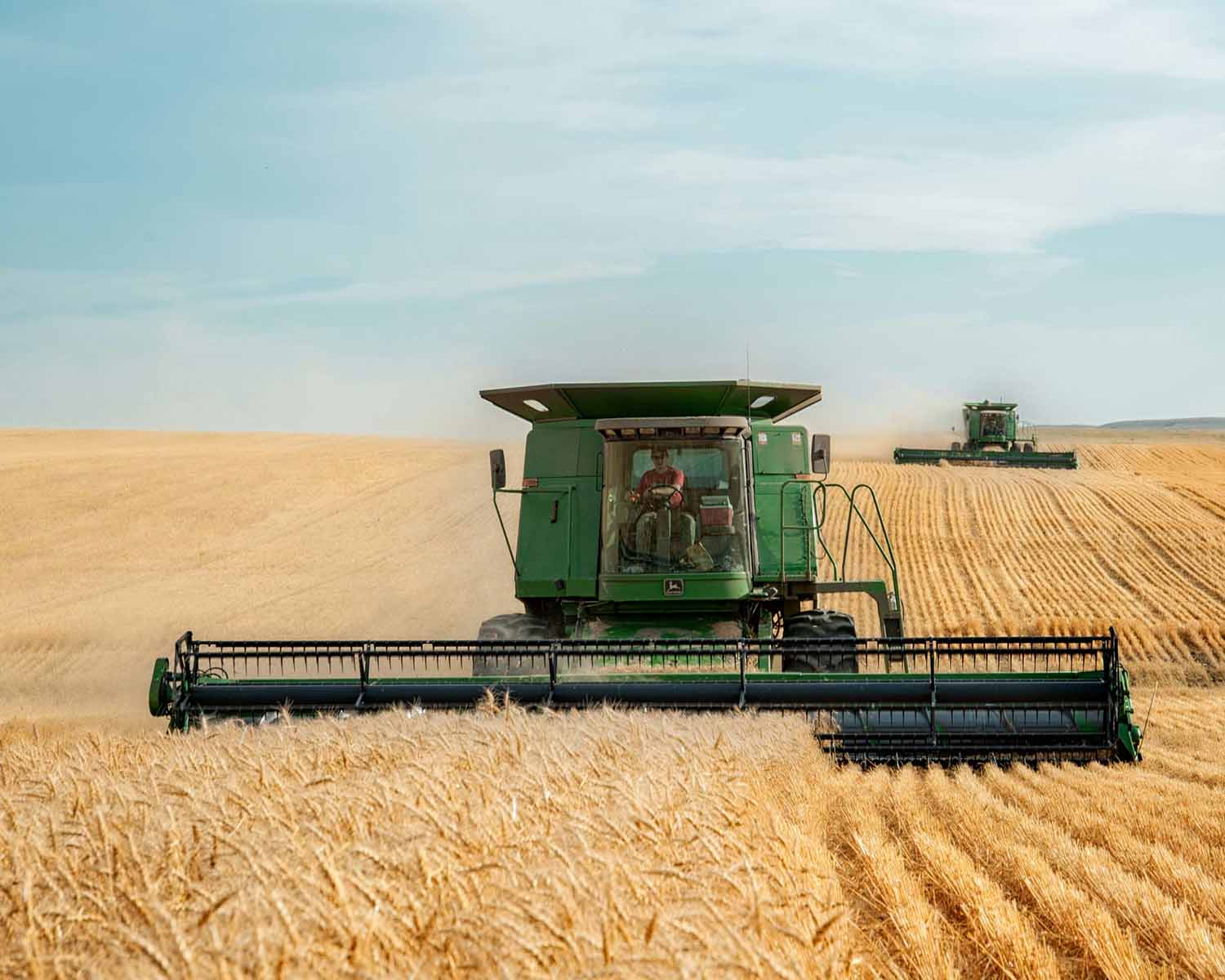Revenue Protection
.webp)
Revenue Protection (RP) policies cover two types of loss: yield losses from natural causes (including drought, hail, wind, frost, excessive moisture, insects, and disease) and revenue losses caused by a drop in the harvest price below the projected price.
The producer selects a percentage of their average yield to insure, typically from 50% to 75%, and up to 85% in certain areas. Both the projected price and harvest price are set at 100% of the amounts determined by the Commodity Exchange Price Provisions, using daily settlement prices from specified futures contracts.
The total amount of insurance coverage is based on the greater of the projected or harvest price. If the combined harvested and appraised production, multiplied by the harvest price, is less than the insured amount, the difference is paid out as an indemnity.
What does Revenue Protection insure?
Revenue Protection protects you from declines in both crop prices and yields. The guarantee is based on market prices and the actual yield on your farm.
Yield coverage for RP is the same as for traditional Yield Protection plans. The production portion of the revenue guarantee is based on your Actual Production History (APH). This is a historic average of your actual yields.
Revenue Protection uses CME Group futures market prices and your APH yields to compute your revenue coverage and guarantee. A projected price is determined multiple times a year, depending on the crop.
How is revenue calculated for Revenue Protection?
Your actual revenue is figured by taking your actual yield and multiplying it by the harvest price—that’s the market price at harvest, averaged from new crop futures.
If your actual revenue comes in lower than your revenue guarantee, Revenue Protection can trigger a loss. That loss is the difference between what you made and what your policy guaranteed.
Your revenue guarantee is based on:
- The higher of either the projected price or the harvest price
- Your APH yield
- And the coverage level you chose (between 50% and 85%)
How is Revenue Protection different from Yield Protection?
Yield Protection only protects you from a decline in yield. Revenue Protection protects you from both yield and price declines. It’s built for times when you may still harvest a decent crop, but market prices take a hit.
Is there a claims process for Revenue Protection?
Yes. Revenue Protection requires that you notify your agent if you suspect a loss. A claims adjuster will review your policy and complete an inspection if necessary to determine if there is a loss and an indemnity is due.
What crops are covered for Revenue Protection?
Revenue Protection is widely used on row crops like wheat, corn, soybeans, and others. Coverage depends on your county. Our experts can help determine eligibility for your operation.
Does Revenue Protection cost more than Yield Protection?
Revenue Protection tends to be slightly more expensive than Yield Protection due to the additional price coverage. But with USDA subsidies, many producers find that the added peace of mind is worth it.
100+ Years Ranching
Lean on a team with 100+ years of ranching experience dedicated to your operation’s success.
35 Products
Comprehensive insurance coverage for your whole operation, all in one place.
9.7/10 Rating
Entrust your coverage with a team that has received a satisfaction rating of 9.7/10 from insured producers.
24/7 Support
See your policy performance in real time in our customer portal, available anytime.
see coverage options for your operation
explore our products
.webp)










